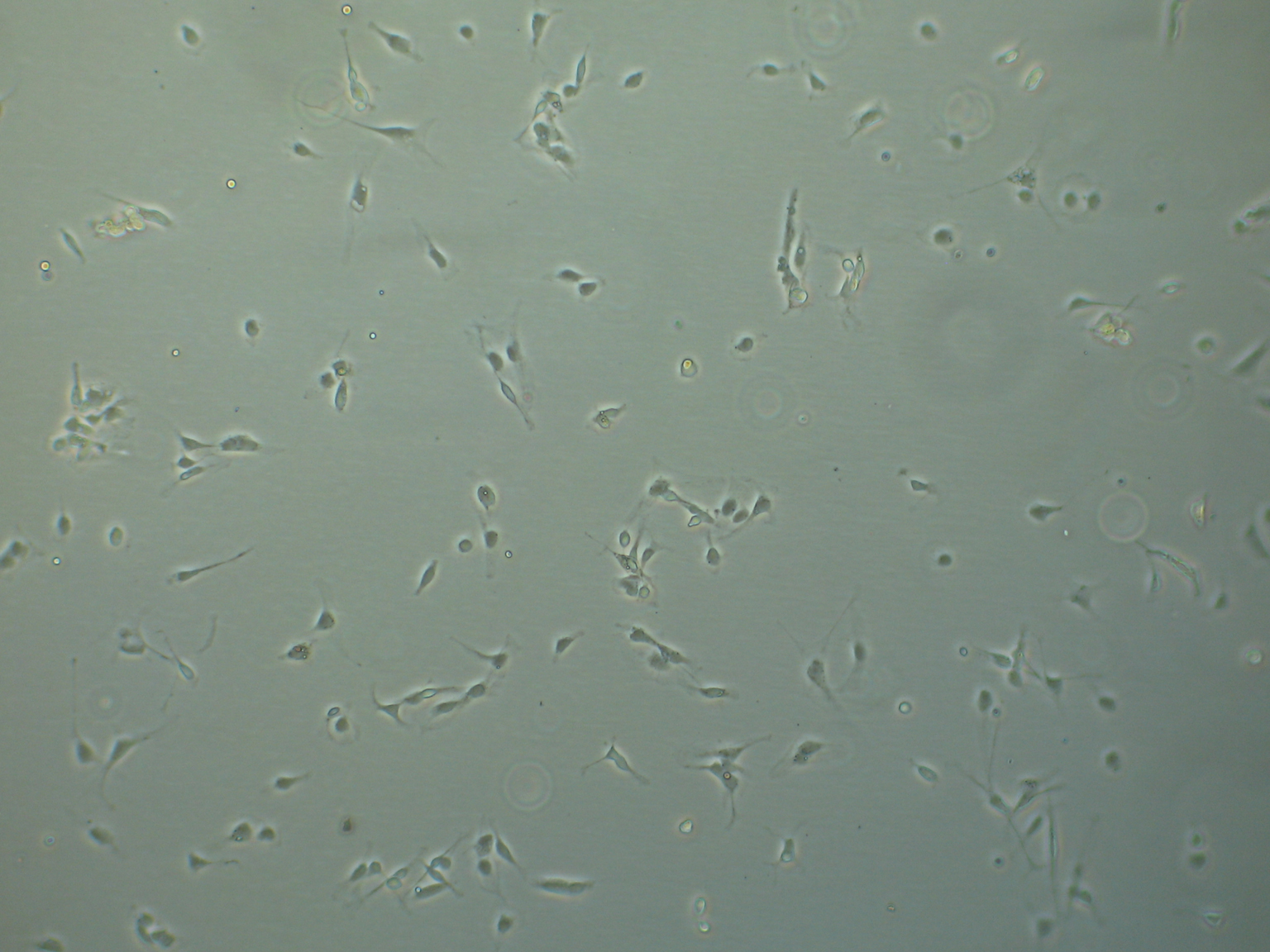Sunday, October 28, 2007
12763
Isolating Adipose Stem Cells for Aesthetic Plastic Surgery Applications
BACKGROUND INFORMATION: Stem cells are distinguished from other type of cells because they are unspecialized and therefore can renew themselves for long periods through division. They can also be coaxed to become cells with special functions such as forming heart muscle, repairing cartilage or regenerating functional tissue. In aesthetic plastic surgery applications benefits from this new technology can probably include augmenting tissue after mastectomy or filling soft tissue defects, using the patients own adipose stem cells obtained from liposuctioned fat aspirate.
OBJECTIVE: To gain knowledge and experience of this possible application in our field, a tissue acquisition protocol was designed to understand the handling of adipose tissue and isolation of the progenitor cell fraction.
MATERIALS & METHODS: A tissue acquisition protocol was established with IRB approval wherein adipose tissue was obtained from fresh abdominoplasty flap specimens and liposuctioned fat aspirate. The acquisition process was performed during aesthetic surgical procedures performed in our fully accredited outpatient surgical facility. Inclusion criteria included male or female patients between 18-64 years of age undergoing elective abdominoplasty and liposuction that would yield at least 25 gms of excess adipose tissue and agree to participate by signing the informed consent. Up to the present time, twenty patients (N=20) have participated to study factors that affect the yield and viability of progenitor cell fraction. Up to this date, time between harvest and processing, tissue dissociation methods, and removal of large debris and adipocytes have been investigated. Pre specified variables have been assessed for impact on tissue handling and processing using ANOVA analysis.
RESULTS: Results obtained until now under present optimal conditions, indicate a yield of 125,000 +/- 55,000 plastic adherent cells per g fresh of lipoaspirate. Cells within this fraction expressed the surface markers CD44, CD105, and NG2 associated with progenitor cells. Conditions for enzymatic digestion of the fresh tissue were found to be an important determinant of viable cell yield. Findings and variables such as morphology, histochemistry and viability after cryopreservation of tissue , will be reported upon presentation. Please see picture of adherent cells one day post isolation from lipoaspirate.
CONCLUSION: We are very optimistic with these initial results that will serve to extrapolate laboratory findings with future clinical applications.We believe that this is one of the first systematic studies to assess best practices for obtaining adipose stem cells for aesthetic plastic surgery applications.

